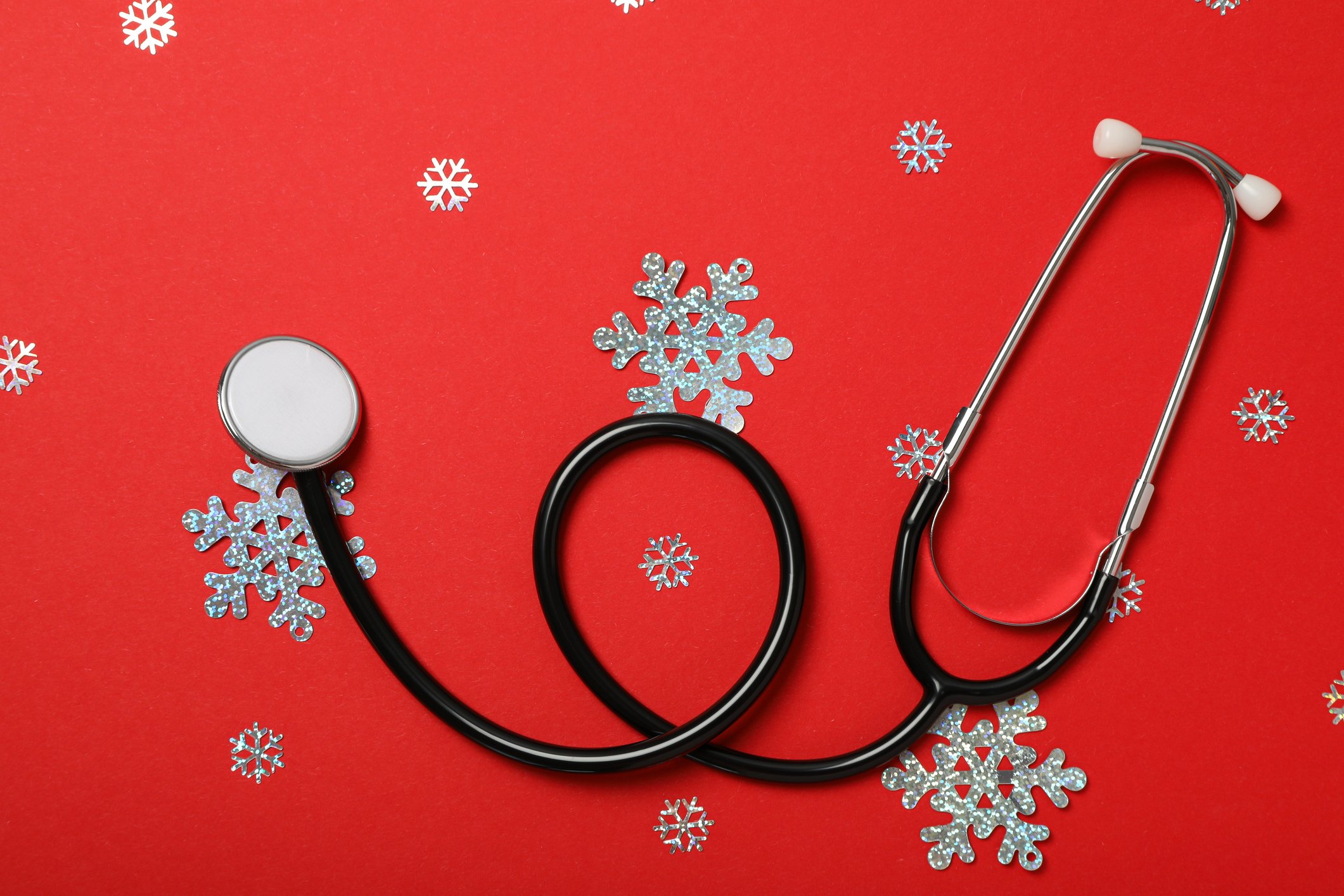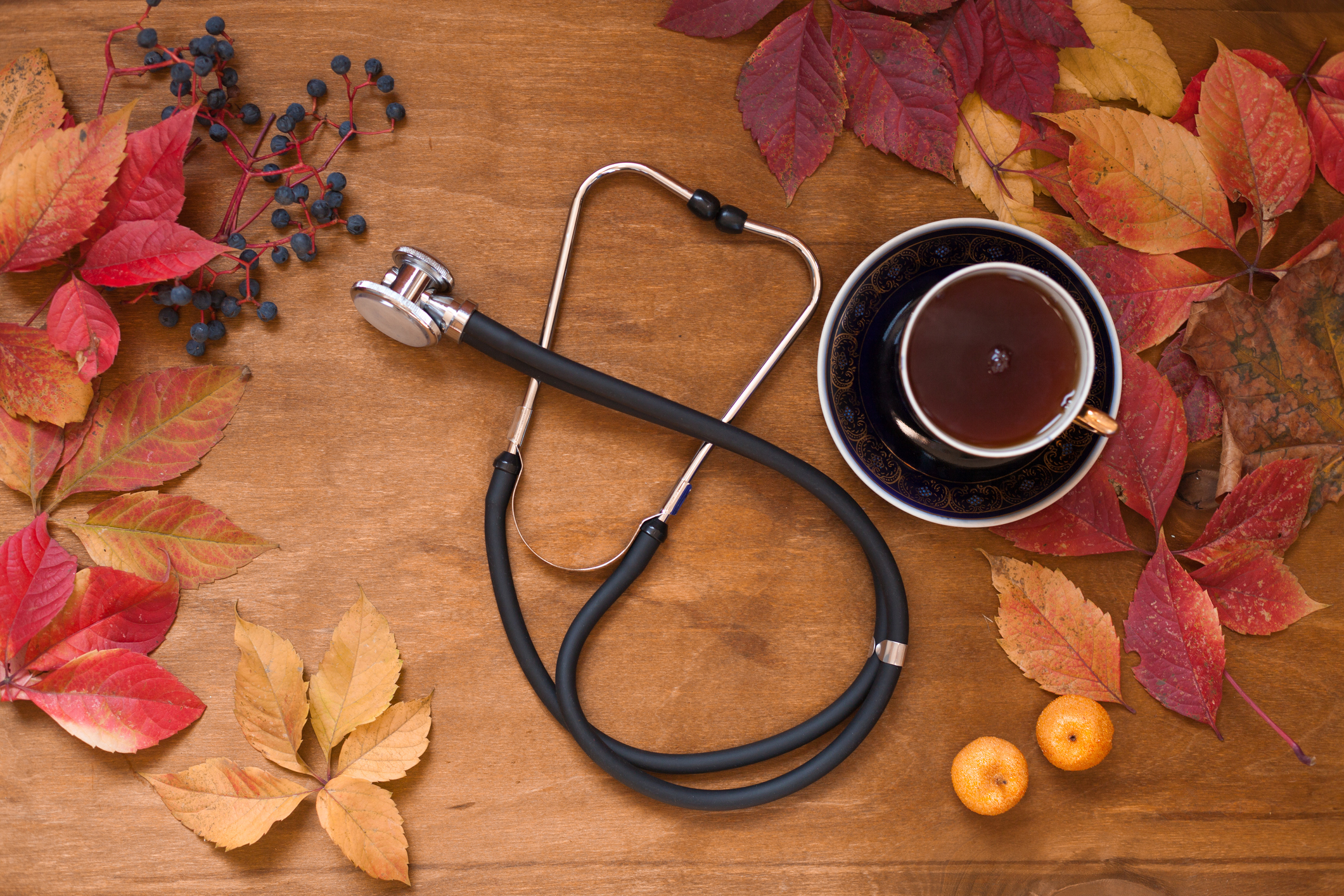New guidelines from the United States Public Health Service update the recommendations for the management of healthcare personnel with occupational exposure to HIV and the use of postexposure prophylaxis.
The guidelines, published in the September issue of Infection Control and Hospital Epidemiology, the journal of the Society for Healthcare Epidemiology of America, emphasize the immediate use of a postexposure prophylaxis regimen containing three or more antiretroviral drugs after any occupational exposure to HIV.
The PEP regimens recommended in the guidelines encourage the consistent use of a combination of three or more antiretroviral agents, which are said to be better tolerated than those recommended in the previously published guidelines from 2005, for all occupational exposures to HIV. Eligible antiretrovirals are from the following six classes of drugs: nucleoside and nucleotide reverse-transcriptase inhibitors, nonnucleoside reverse-transcriptase inhibitors, protease inhibitors, a fusion inhibitor, an integrase strand transfer inhibitor and a chemokine (C-C motif) receptor 5 antagonist.
The guidance eliminates the previous recommendation to assess the level of risk associated with individual exposures to help determine the appropriate number of drugs recommended for PEP.
“Preventing exposures should be the leading strategy to prevent occupational HIV infections,” David Kuhar, MD, an author of the guidelines and a medical epidemiologist with the CDC’s Division of Healthcare Quality Promotion, said in a news release. “However, when exposure occurs, it should be considered an urgent medical concern and a PEP regimen should be started right away, ideally within hours of the potential exposure.”
Expert consultation should be sought, but not at the expense of delaying treatment, according to the guidelines. Exposed healthcare personnel taking HIV PEP should complete a full four-week regimen and undergo follow-up HIV testing, monitoring for drug toxicity and counseling, beginning with follow-up appointments within 72 hours of the exposure.
If a newer fourth-generation HIV antigen/antibody combination test is used for follow-up testing, an option to conclude HIV testing at four months, rather than the recommended six months after exposure, is provided. Many of the revised recommendations are intended to make the PEP regimen better tolerated, increasing the possibility that healthcare personnel complete the full regimen.
The guidelines were developed by an interagency Public Health Service working group comprised of representatives from the CDC, National Institutes of Health, FDA and the Health Resources and Services Administration, in consultation with an external expert panel. The updated revisions were based upon expert opinion.
Many HCP exposures to HIV occur outside of health clinic hours of operation, and initial exposure management often is overseen by emergency physicians or other providers who are not experts in the treatment of HIV infection or the use of antiretroviral medications, according to the news release. As such, the updated guidelines should be distributed and made readily available to emergency physicians and other providers as needed.
Read the guidelines: www.jstor.org/stable/10.1086/672271
Source: Nurse.com





